How To Ship A Digital Camera ?
To ship a digital camera, you will need to package it securely to ensure its safety during transit. Start by removing any batteries or memory cards from the camera. Wrap the camera in bubble wrap or foam padding to protect it from impact. Place the wrapped camera in a sturdy box and fill any empty spaces with packing peanuts or crumpled paper to prevent movement. Seal the box with strong packing tape and label it as fragile. Finally, choose a reliable shipping carrier and service that offers tracking and insurance for valuable items.
1、 Packaging and Protection for Safe Shipping of Digital Camera
Packaging and Protection for Safe Shipping of Digital Camera
Shipping a digital camera requires careful packaging and protection to ensure it arrives at its destination in perfect condition. Here are some essential steps to follow when shipping a digital camera:
1. Choose the right box: Select a sturdy, corrugated cardboard box that is slightly larger than the camera itself. This will allow space for protective padding and ensure a snug fit.
2. Wrap the camera: Wrap the camera in a layer of bubble wrap or foam padding to protect it from any potential impact during transit. Pay special attention to the lens and LCD screen, as they are particularly vulnerable.
3. Secure the camera: Place the wrapped camera in a snug-fitting box or camera case to prevent any movement during shipping. Use additional padding, such as crumpled newspaper or packing peanuts, to fill any empty spaces and provide extra cushioning.
4. Seal the box: Close the box securely using strong packing tape. Reinforce the seams and corners to prevent the box from opening during transit.
5. Label the package: Clearly label the package with the recipient's address and your return address. It is also advisable to include a "Fragile" or "Handle with Care" label to alert the shipping carrier to the delicate nature of the contents.
6. Insure the package: Consider insuring the package for its full value, especially if the camera is expensive or has sentimental value. This will provide financial protection in case of loss or damage during shipping.
7. Choose a reliable shipping service: Select a reputable shipping service that offers tracking and insurance options. This will allow you to monitor the package's progress and ensure its safe delivery.
8. Keep the receipt and tracking number: Retain the shipping receipt and tracking number for reference. This will be useful in case you need to track the package or file a claim for any damages.
It is important to stay updated with the latest packaging and shipping guidelines, as technology and best practices may evolve over time. Always consult the shipping carrier's website or contact their customer service for any specific instructions or recommendations for shipping digital cameras.
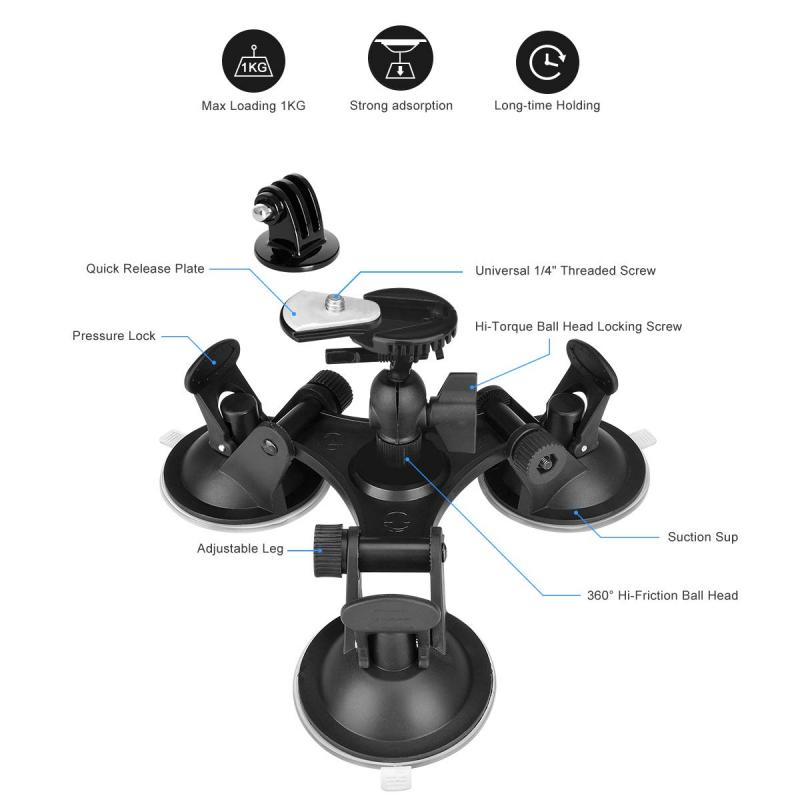
2、 Choosing the Right Shipping Method for Digital Camera Delivery
Choosing the Right Shipping Method for Digital Camera Delivery
Shipping a digital camera requires careful consideration to ensure its safe and timely delivery. With the advancement of technology, digital cameras have become more compact and delicate, making it crucial to choose the right shipping method. Here are some factors to consider when shipping a digital camera:
1. Packaging: Proper packaging is essential to protect the camera from any potential damage during transit. Use a sturdy box and cushion the camera with bubble wrap or foam padding. Ensure that the camera is secure and cannot move around inside the box.
2. Insurance: Consider insuring the camera for its full value. This will provide financial protection in case of loss, theft, or damage during shipping. Many shipping carriers offer insurance options, so it's worth exploring these to safeguard your investment.
3. Shipping Carrier: Choose a reputable shipping carrier that specializes in handling fragile items. Look for carriers that have experience in shipping electronics and offer tracking services. Popular carriers like FedEx, UPS, and DHL are known for their reliable and secure shipping services.
4. Shipping Method: Depending on the urgency and destination, you can choose between express shipping or standard shipping. Express shipping is faster but more expensive, while standard shipping is more economical but takes longer. Consider the recipient's location and their preferred delivery timeframe when selecting the shipping method.
5. Customs and Duties: If shipping internationally, be aware of any customs regulations and duties that may apply. Research the destination country's import requirements to avoid any delays or additional charges.
In conclusion, shipping a digital camera requires careful planning and consideration. By following these guidelines and choosing the right shipping method, you can ensure the safe and timely delivery of your digital camera. Always stay updated with the latest shipping regulations and carrier services to make informed decisions.
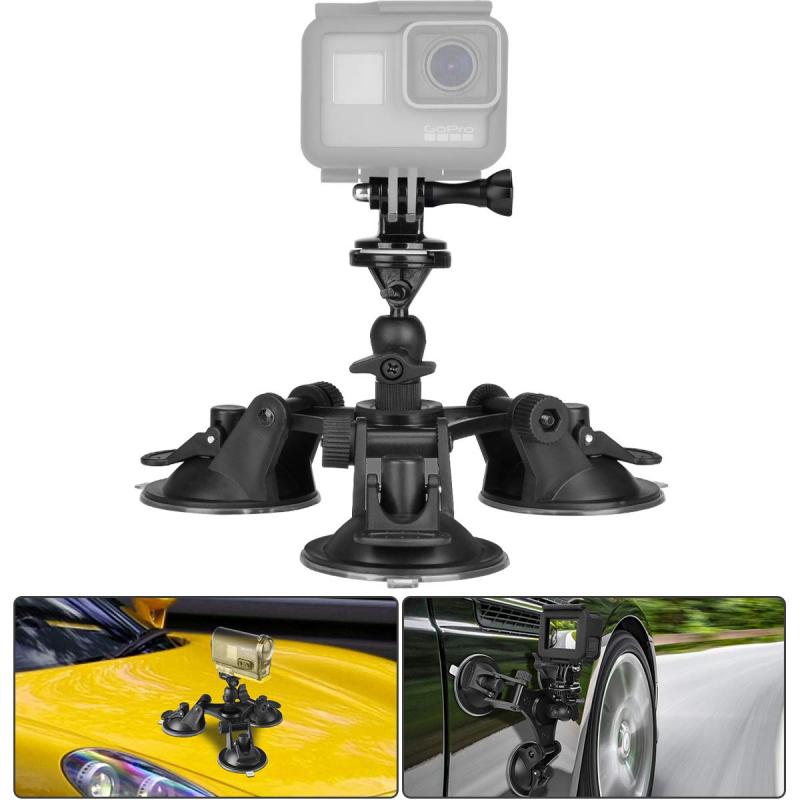
3、 Required Documentation and Customs Procedures for International Camera Shipping
Required Documentation and Customs Procedures for International Camera Shipping
When shipping a digital camera internationally, it is important to ensure that you have all the necessary documentation and follow the customs procedures to avoid any delays or issues. Here is a guide on how to ship a digital camera:
1. Packaging: Start by securely packaging the camera in a sturdy box with proper padding to protect it during transit. Use bubble wrap or foam to cushion the camera and its accessories.
2. Documentation: Prepare the required documentation, including a commercial invoice, packing list, and any necessary permits or licenses. The commercial invoice should include details such as the camera's make, model, serial number, and value.
3. Customs Declaration: Fill out a customs declaration form accurately, providing information about the camera and its value. Be sure to declare the item as a digital camera and state its purpose (personal use or commercial sale).
4. Customs Duties and Taxes: Research the customs duties and taxes applicable in the destination country. Some countries may have specific regulations or restrictions on importing cameras, so it is essential to be aware of these beforehand.
5. Shipping Method: Choose a reliable shipping method that offers tracking and insurance for the camera. This will ensure that the package is protected and can be easily traced in case of any issues during transit.
6. Customs Procedures: Different countries have varying customs procedures. It is advisable to check the customs website of the destination country to understand their specific requirements. Some countries may require additional documentation or inspections.
7. Prohibited Items: Ensure that the camera and its accessories comply with the destination country's regulations. Certain countries may have restrictions on importing specific camera models or accessories, so it is crucial to verify this information beforehand.
8. Insurance: Consider purchasing insurance for the camera during shipping to protect against loss or damage. This will provide peace of mind in case of any unforeseen circumstances.
It is important to note that customs procedures and regulations can change frequently, so it is recommended to stay updated with the latest information from the customs authorities of the destination country.

4、 Insurance Options for Shipping a Digital Camera
Insurance Options for Shipping a Digital Camera
When shipping a valuable item like a digital camera, it is important to consider insurance options to protect against loss or damage during transit. Here are some insurance options to consider:
1. Shipping Carrier Insurance: Most shipping carriers offer insurance options for valuable items. When shipping a digital camera, you can purchase additional insurance coverage from the carrier to protect against loss, theft, or damage. It is important to carefully read the terms and conditions of the carrier's insurance policy to understand the coverage and any limitations.
2. Third-Party Insurance: There are also third-party insurance providers that specialize in shipping insurance. These companies often offer more comprehensive coverage options and may have lower deductibles compared to carrier insurance. It is advisable to research and compare different third-party insurance providers to find the best coverage for your digital camera.
3. Homeowner's or Renter's Insurance: Check if your homeowner's or renter's insurance policy covers items that are temporarily outside your home. Some policies may provide coverage for personal belongings, including digital cameras, while they are in transit. However, it is important to review the policy terms and check if any additional coverage or riders are required.
4. Self-Insurance: If you are comfortable assuming the risk, you may choose to self-insure your digital camera. This means that you accept the responsibility for any loss or damage that may occur during shipping. However, it is important to consider the value of the camera and the potential financial impact of replacing it if something goes wrong.
In recent times, with the increasing popularity of online shopping and shipping, insurance options for shipping valuable items like digital cameras have become more diverse and accessible. It is recommended to carefully evaluate the insurance options available and choose the one that best suits your needs and budget. Additionally, it is always a good idea to package the camera securely and use a reputable shipping service to minimize the risk of damage or loss during transit.









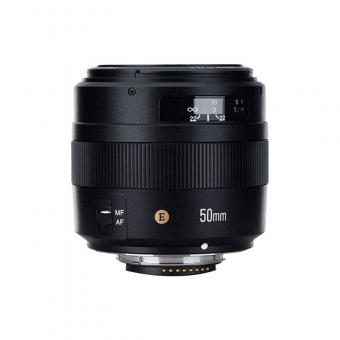

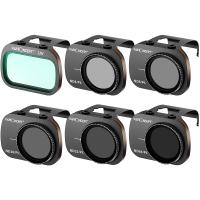



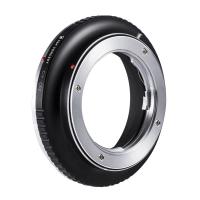
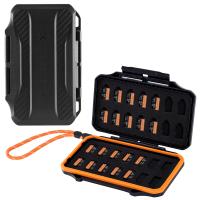




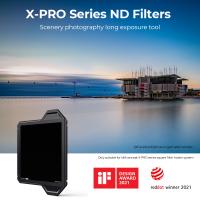
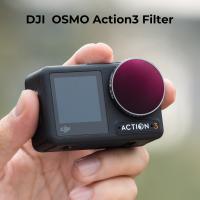



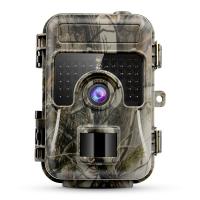
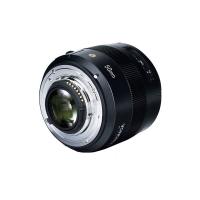


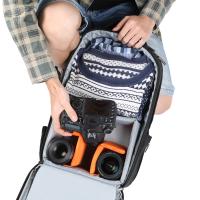
There are no comments for this blog.